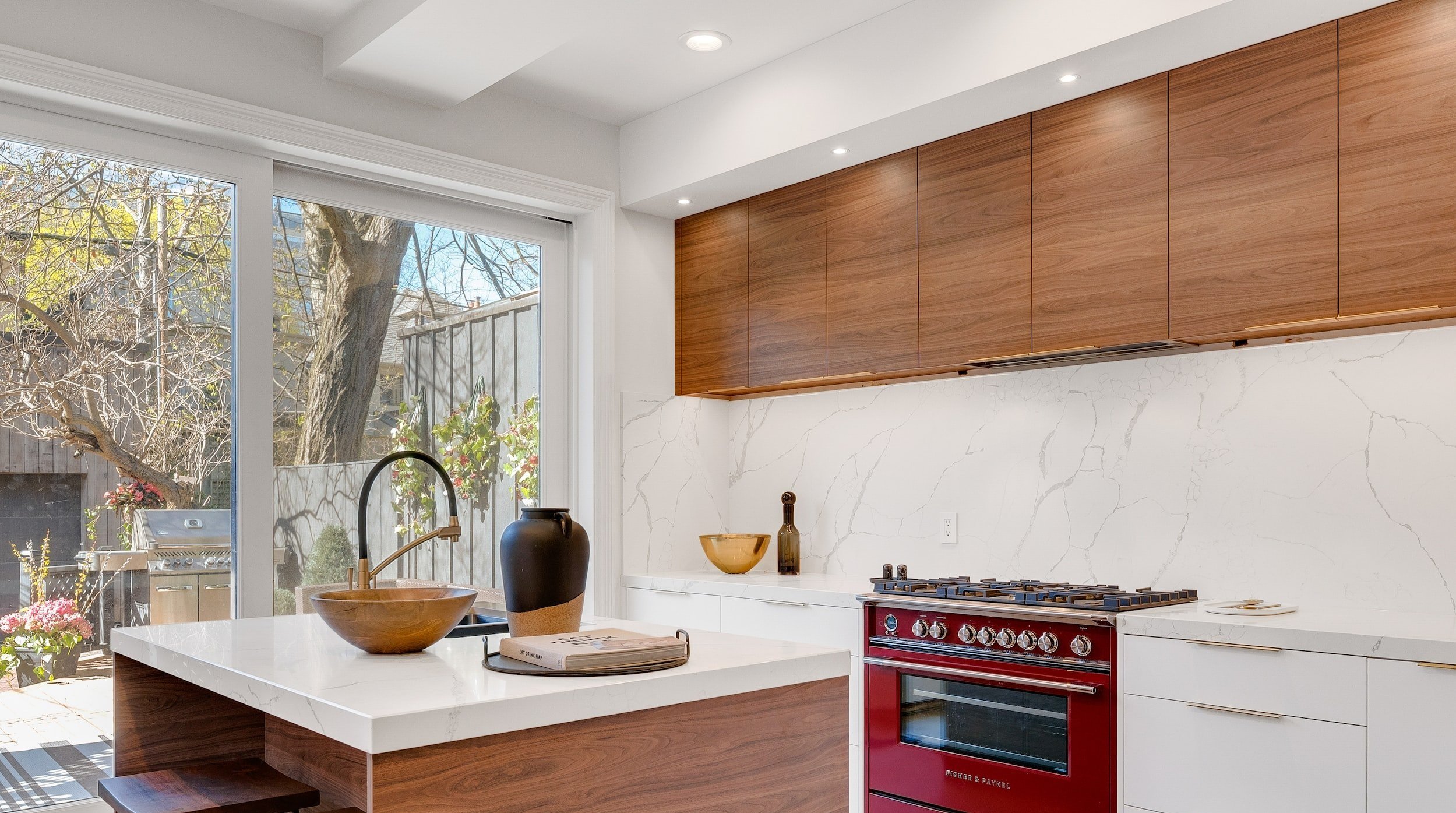
Lighting is essential for creating an accessible space, as it can improve spatial orientation, reduce risks of falls and accidents, and even increase productivity for those who use assistive devices such as wheelchairs or walkers.
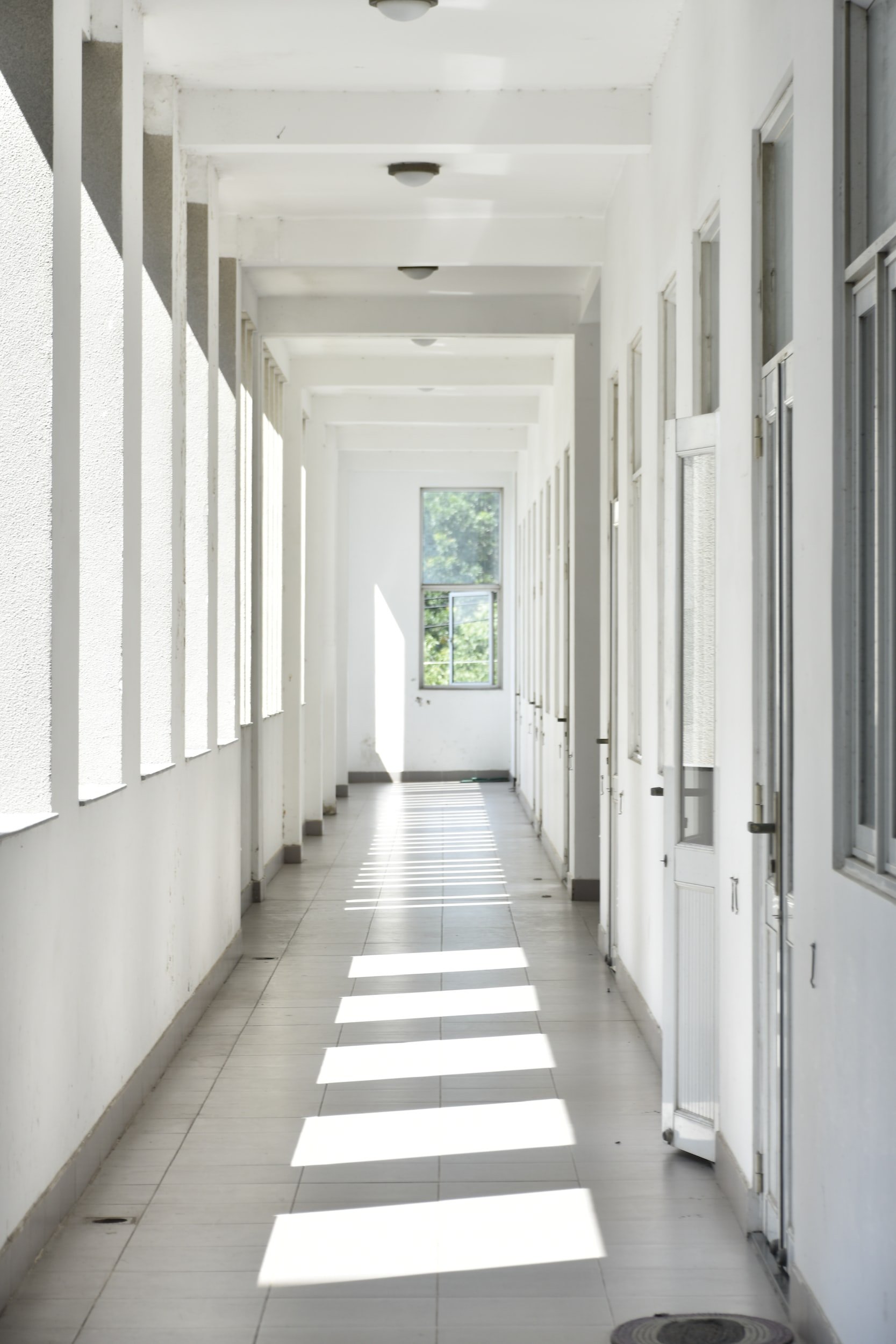
Strategically placing your lighting is crucial, you can reduce the risk of tripping and falling, as well as make daily tasks easier to see. Add proper lighting into frequently used areas especially the entrance and exits or where there are stairs and changes in elevation.
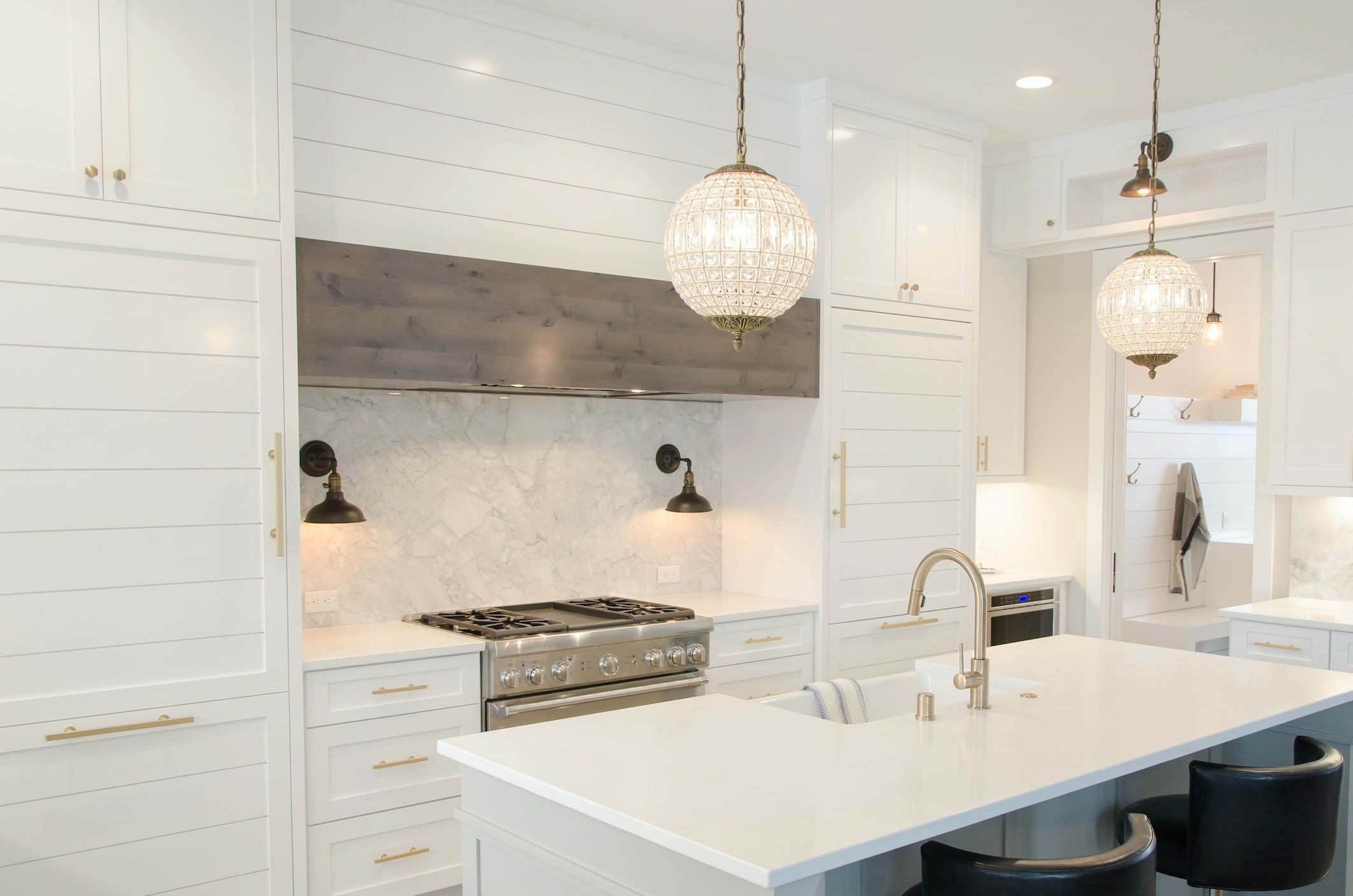
Task lighting is an essential component to any room, providing bright and focused lighting to better illuminate certain areas. Undercabinet lighting, for instance, can help see what's inside cabinets and shelves, while inside cabinet lighting can help them locate items more easily.
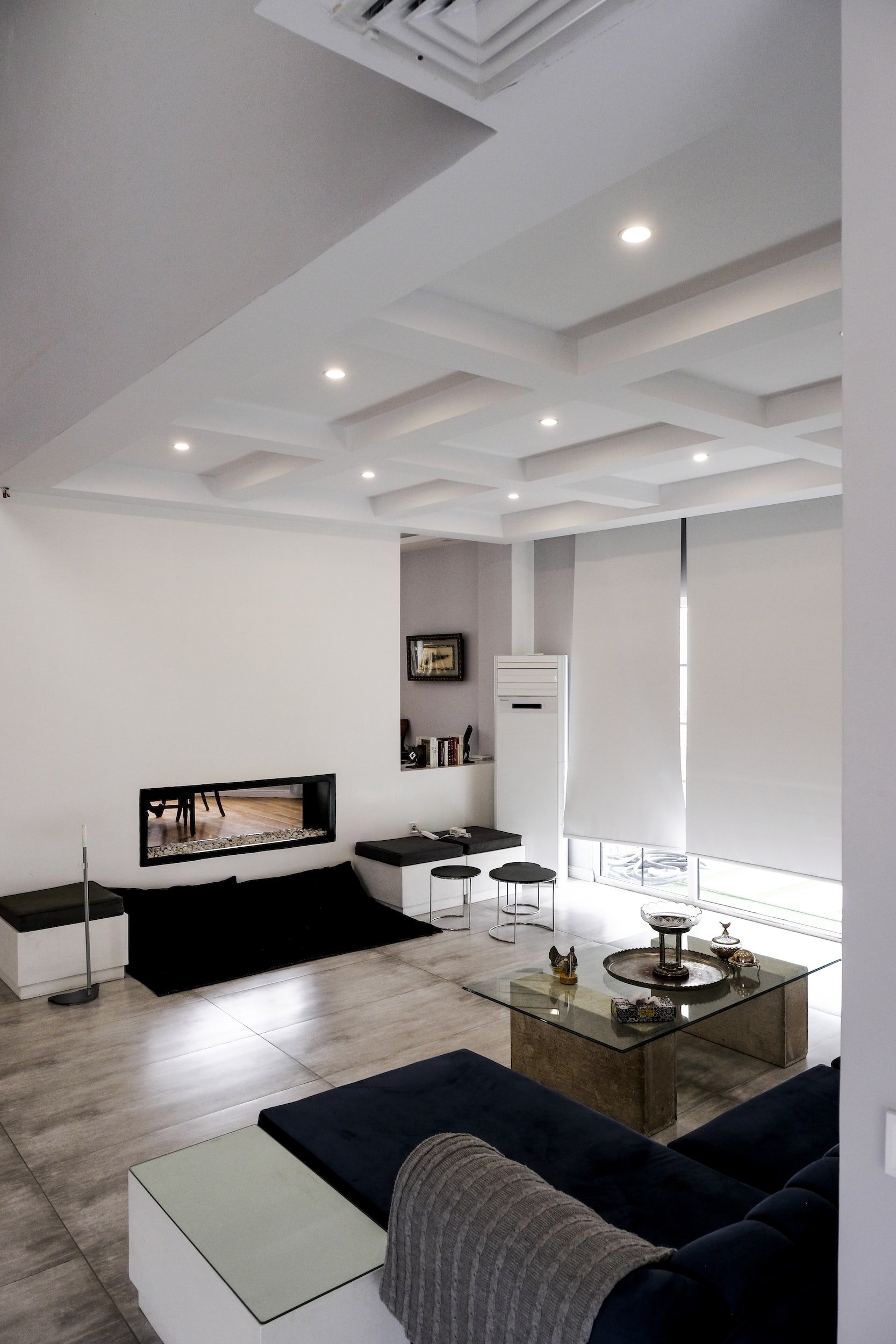
Integrating motion-activated lights can help you safely navigate your environment without fear of an accident or injury. It provides convenience, comfort, and peace of mind, as it eliminates the need to manually turn on lights, reducing the risk of falls or other accidents.
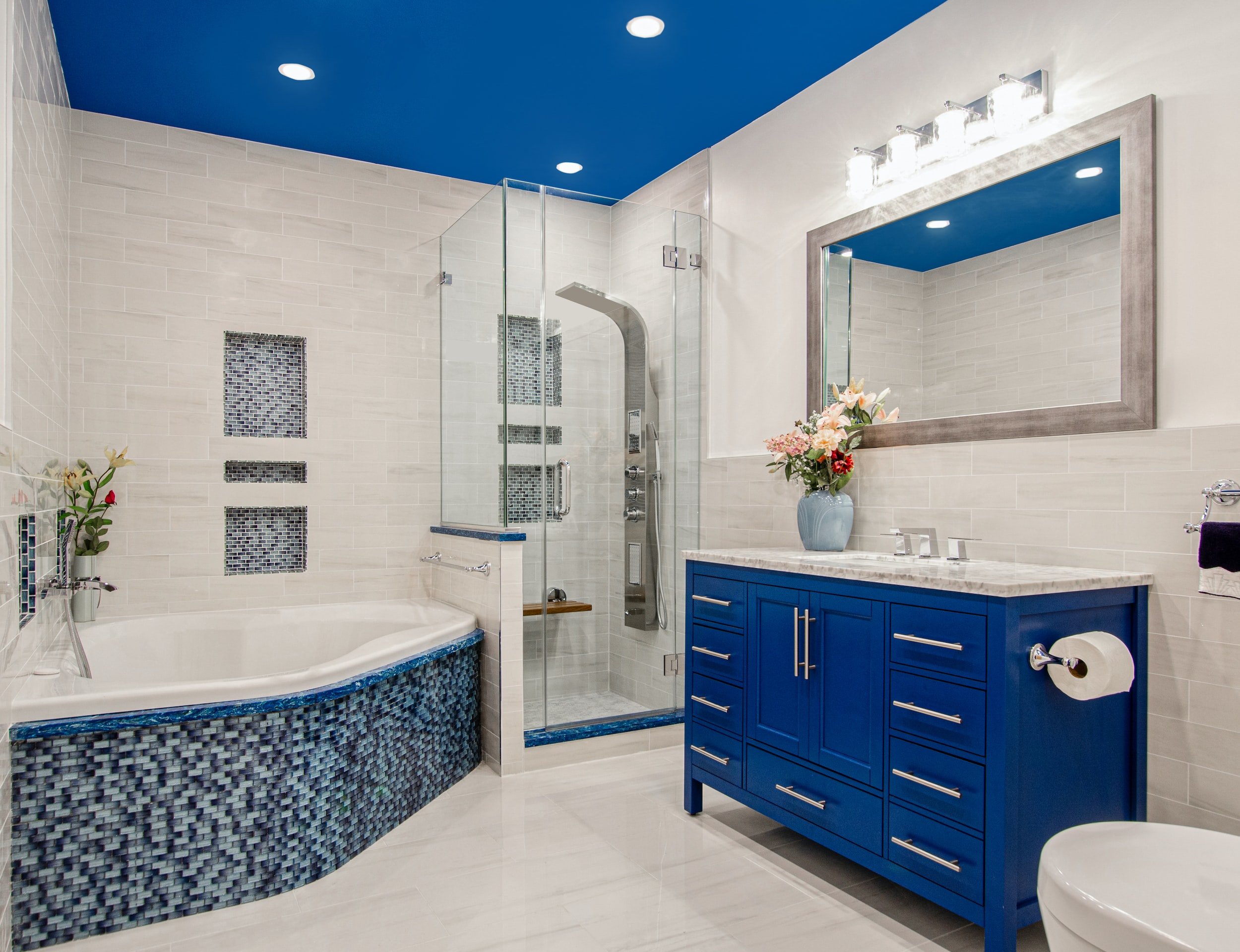
Smart Home lighting is an innovative way to improve home safety by offering increased accessibility and convenience. Smart Home lighting can be programmed to turn on and off at certain times and respond to voice commands, eliminating the need to manually switch on and off the lights. The use of smart lighting can help reduce their energy bills by automatically adjusting their lighting settings to fit their lifestyle and needs.
